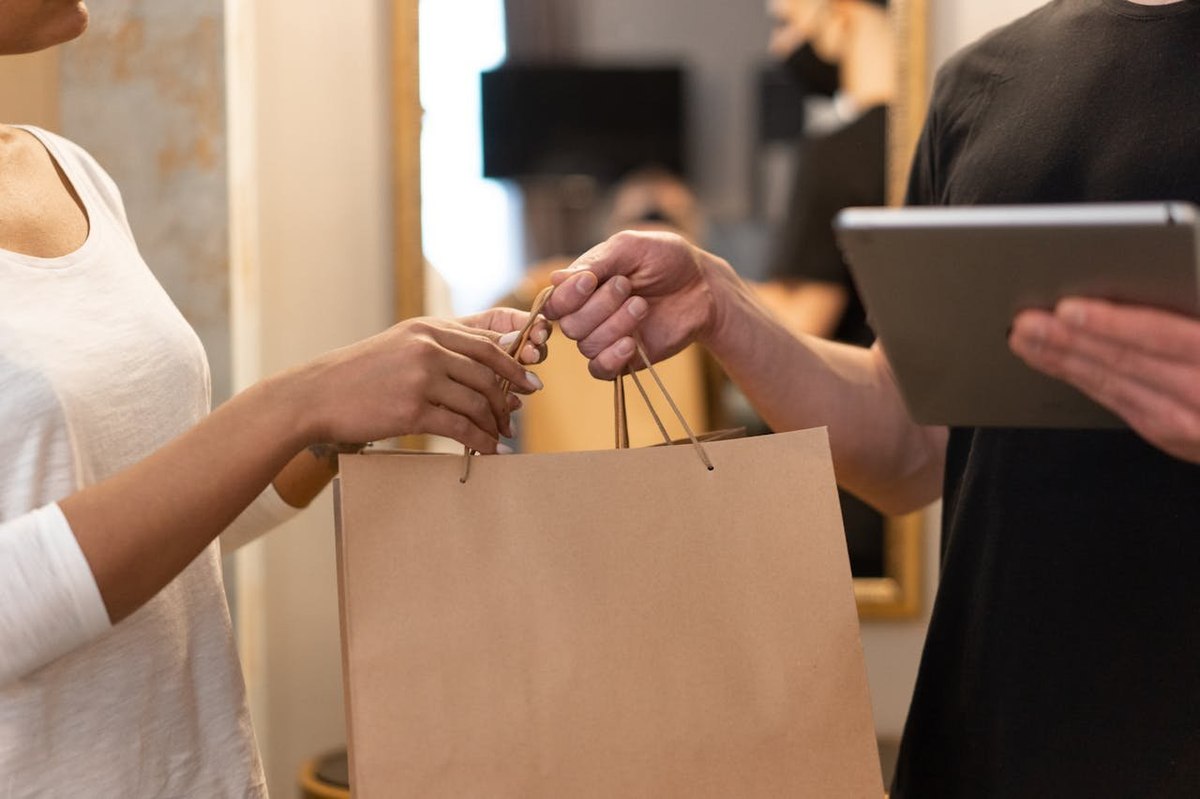While they seem to have developed a foothold, a fairly sizeable chunk of suburban Brits are yet to embrace rapid delivery services, according to a new YouGov poll. Data shows that more than half of suburban residents (55%) have not shopped from such services in the past six months — including 41% who have never used one at all.
But what’s keeping people from using these services? The most common reason given is preference for shopping in person (46%). High delivery fees (27%) and concerns about quality or freshness (19%) follow. While fewer cite lack of service availability (9%) or worries over app security (4%), a significant 24% chose ‘other’ — with many in this group referencing safety concerns.
It’s worth noting that people residing in flats are far more likely to have used a rapid delivery service in the past six months than those in detached or semi-detached houses. Only 24% of suburban Brits living in flats say they have never used a rapid delivery service.
What might change their minds?
Lower delivery fees tops the list of motivators (35%) for people who have never ordered from quick commerce platforms or haven’t in more than six months.
Discounts or promotions (23%), better quality or freshness guarantees (17%) and improved service availability (15%) are also factors that these audiences say could make them more likely to use a rapid delivery service. However, over a third (37%) say that none of these factors would persuade them to give the services a try.
Would Brits be likely to order from rapid delivery services in the future and what would they order?
Overall, 42% of all suburban Brits say they’d be very or fairly likely to order from rapid delivery services if these were available in their locality. Another quarter of them (26%) say they’re not very likely, indicating that theirs is a possibility of them exploring the option or perhaps ordering from these services at least occasionally.
But what would they order?
Restaurant meals stand out as the most sought-after category, with 88% of those likely to use rapid delivery saying they’d order food from restaurants. Groceries follow at 59%, while 29% would be interested in ordering alcohol or other beverages. Smaller but notable segments express interest in toiletries and personal care products (20%), cleaning products and household supplies (16%). The appeal for ordering clothing or accessories (11%) or small electronics and appliances (8%) is fairly niche.
Among those less likely to use rapid delivery services, over half say they would order food from restaurants (54%), while about a quarter would order groceries (26%). Only a tenth of them would purchase alcohol or other beverages (10%) or toiletries and personal care products (9%). The likelihood of buying cleaning products and household supplies (5%), clothing or accessories (6%), and small electronics or appliances (6%) is quite low within this group.
Image Credit: Mikhail Nilov on Pexels
